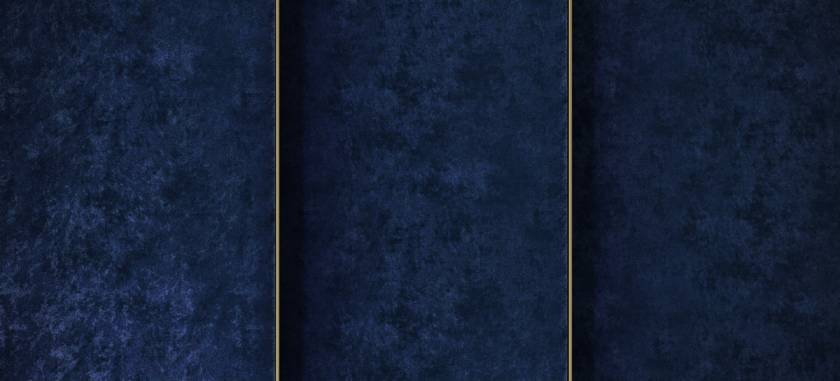15 Facts About Sustainable Fabrics



Summary: Expensive hidden costs, immense resource wastage, and more - these are some of the accusations made against the fast fashion industry. That's why many are turning towards sustainable fashion, as some claim sustainable textiles could help save resources and reduce carbon emissions. We explore some of the posited positives of sustainable textiles in these 15 facts.
Every year, 85% of all textiles are thrown in the dump. That’s the equivalent of one garbage truck full of clothes being thrown into a landfill. A lot of these are fabrics, such as synthetic polyester, that are non-biodegradable and cause environmental degradation over time. But organizations such as the United Nations Environment Program are highlighting the need for sustainability.
1. You Can Make Sustainable Textile Out Of…. Hemp
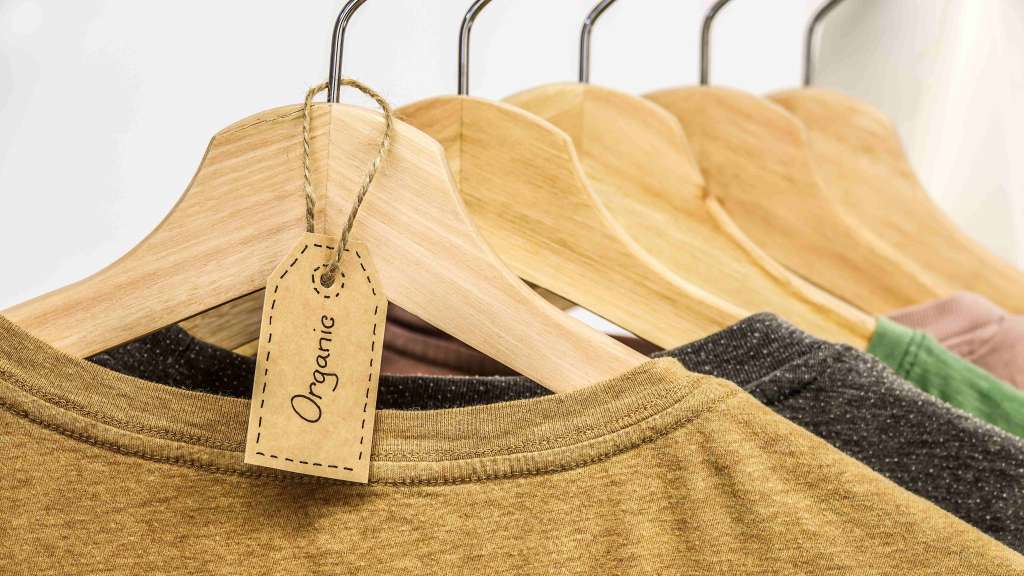
Hemp is a highly sustainable fabric and is cost-effective to produce. It creates strong and durable fabrics that are perfect for several clothes and textiles.
Hemp is four times stronger than organic cotton, doesn’t stretch much, and is resistant to abrasion. Plus, it’s very low maintenance, needs less water, and pesticides, and is environmentally friendly.
Many top fashion houses have produced clothes with hemp, including Levi’s. There are also several SMEs that create hemp shirts and more.
2. It's Also One Of The Oldest Sustainable Textiles
The first physical evidence of hemp textile can be traced back to 1000 B.C. The fabric is amazingly resilient, and that made it an excellent fabric for seamen's uniforms. It was also used to create the rigging, ropes, and more.
3. Sustainable Textile Can Be Made From Many Other Materials Too

You can create biodegradable textiles from… pineapples! Pina-fiber is made from the leaves of the pineapple plant and may be a good alternative to existing textiles and leather.
Similarly, you can make sustainable fabric out of wool, soy silk, bamboo, and corn. There are also sustainable synthetic fabrics econyl and recycled synthetic polyester, and semi-synthetic fabrics such as lyocell and modal.
4. 51% of Global Organic Cotton is Grown in India
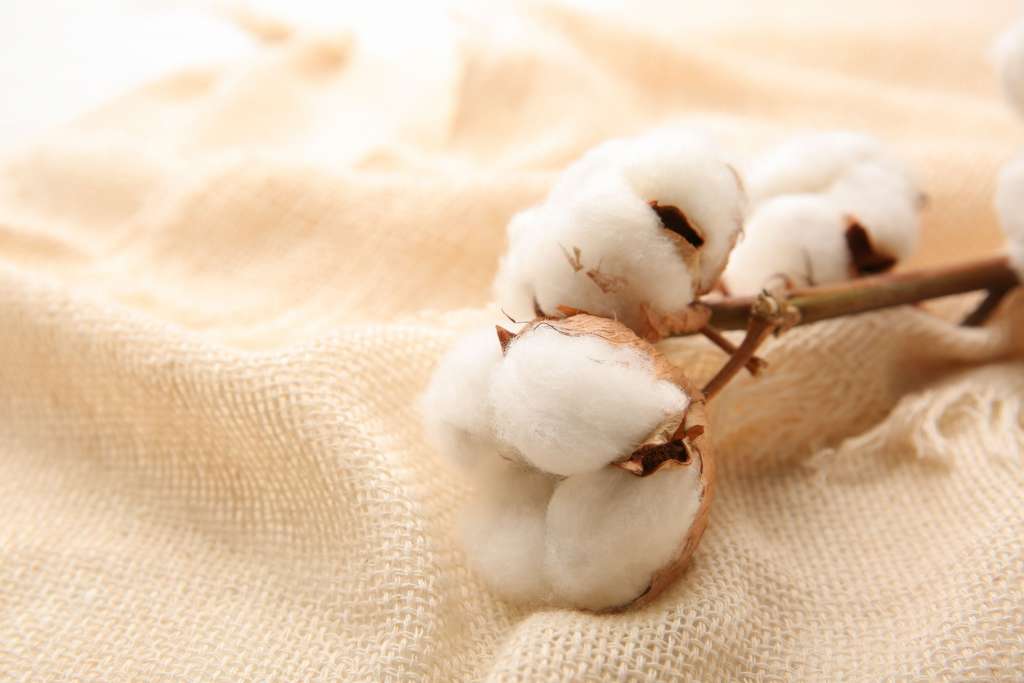
Cotton is one of the most popular fabrics in the world, and thus recycled and organically grown cotton would be a good sustainable alternative as other fabrics grow in the public mind. Other important growers of organic cotton are China, Kyrgyzstan, and Turkey.
5. More Celebrities Ready To Endorse Sustainable Textiles
From Kim Kardashian to Angelina Jolie - many Hollywood celebrities are championing the sustainable fashion movement. That includes taking fabrics and textiles and creating new clothes that are runway ready. Billy Porter wore a gorgeous outfit created from upcycled theater curtains to the 73rd Tony Awards.
6. Sustainable Textiles Can Be Cheaper in The Long Run
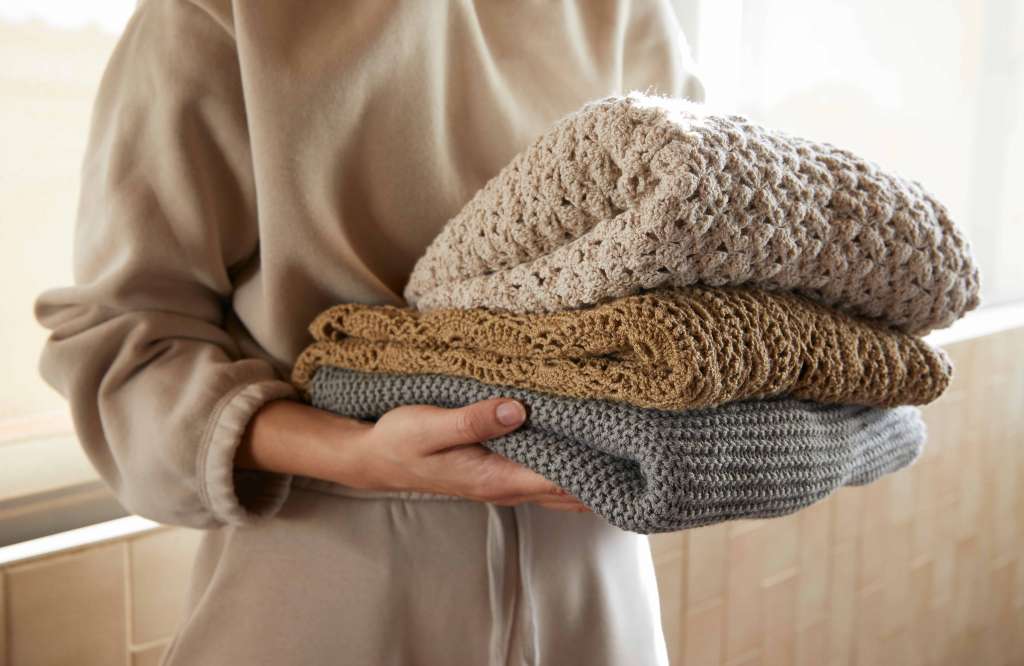
Sustainable fabrics may seem to be a big investment, but in the long run, they are effectively cheaper. A 2016 survey showed that emission-reducing initiatives by major US corporations led to them saving a combined $12.4 billion. Also, it’s cheaper to manufacture certain products: for example, recycled polyester consumes 33%-53% less energy compared to normal polyester. Therefore, sustainable fabrics can be cheaper in the long run in many instances.
7. Using Sustainable Textiles Improve Your Organization’s Reputation
A 2020 McKinsey report states that 67% of consumers consider using sustainable materials to be an important purchasing factor. 63% consider a brand’s promotion of sustainable methods in the same context.
8. Good for Corporate Social Responsibility Initiatives

In addition to being good for the planet, sustainability efforts count as CSR. For example, the brand Calvin Klein launched its CK ONE RECYCLE PROGRAM in 2020. Through that, they introduced recycled plastic water bottle fabric for their range of underwear for men and women.
9. Spread The Word — Recycled Polyester Is In!
While polyester itself is made from plastic, recycled polyester is made from plastic waste. That means it consumes fewer resources than normal polyester does. Brands such as H&M and Zara are using recycled polyester in their fashion lines.
10. Sustainable Textile Is Better for the Environment
The fashion brand Reformation saved 20% in CO2 emissions and 30% in water consumption by switching to sustainable fibers. Organic cotton can help farmers save 218 billion liters of water and 92.5 million KG of CO2.
11. Generation Z Prefer Sustainable Textile

A 2019 survey saw Generation Z-ers making more retail decisions based on sustainable retail practices. That’s even more than Millennials and Gen X. Gen Z is also the most willing to spend 10% extra on sustainable products, with experts saying the generation is spearheading the tilt towards sustainable fashion.
12. Consumers Are Willing To Pay More for Sustainable Textiles
Gildas Minvielle, the Chair Director of IFM-Premiere Vision, said, 'Consumers (of sustainable fashion) tend to buy less, but better. They're willing to pay more, and compensate by buying fewer products.'
13. Organic Cotton Is A Hit With Big Fashion Labels
H&M, Zara, Uniqlo, GAP, and many other famous brands are creating textiles from organic cotton. Amongst sports brands, Adidas and Nike are also using organic cotton for their athletic wear.
14. More Companies Want To Track Their Raw Material Suppliers!
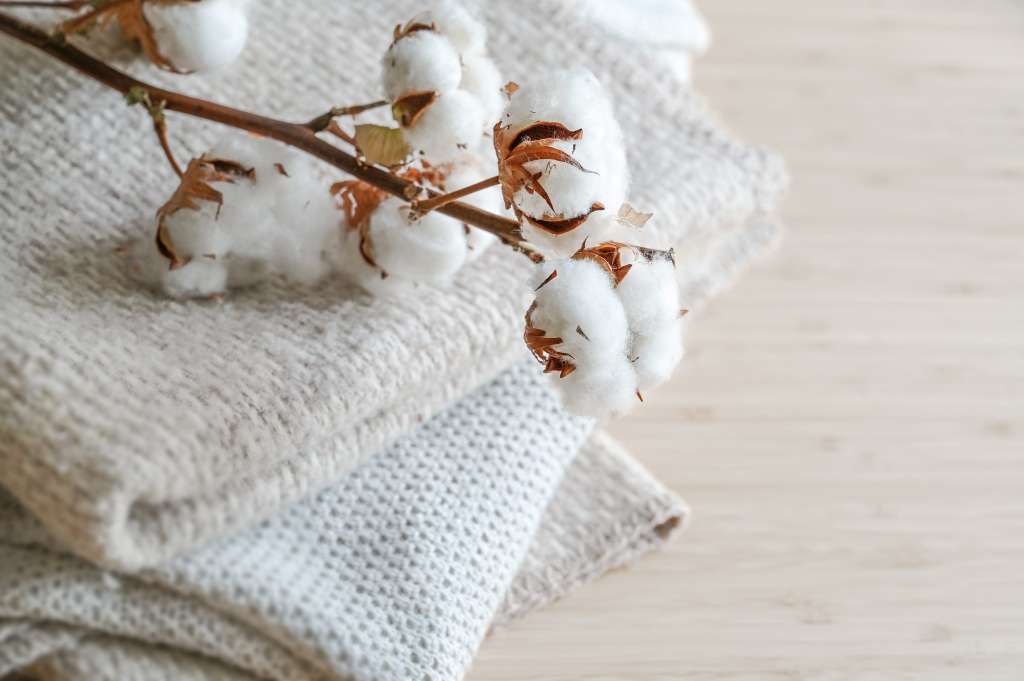
The good news is that more companies want to know exactly where their materials are coming from. The Ethical Fashion Report 2021 revealed that 69% of companies are actively tracing their materials.
15. Pineapple - the Future of Sustainable Textile?
You can make silk, leather, and other types of sustainable textiles from the humble pineapple. That's awesome for those who're eco-friendly as the raw materials are a by-product of pineapples during harvest season, so no extra resources are used.
Key Take Aways
- Reports state that fashion waste will become a 148-million-ton problem in the coming years.
- Sustainable textiles could help save resources and reduce carbon emissions - exactly what we need!
- Sustainable fabrics can also be made from hemp, pineapples, and many other materials. Not only are those sustainable, but they also open up new industrial avenues.
- The younger generation is more interested in sustainability than any generation before them, including sustainable textiles.
Keeping all these points in mind, brands and fashion designers must partner with open and sustainable manufacturing, design, and delivery partners. We at Fashinza work hard towards facilitating that.
Contact us today to learn more about our manufacturing, design, and delivery processes.















